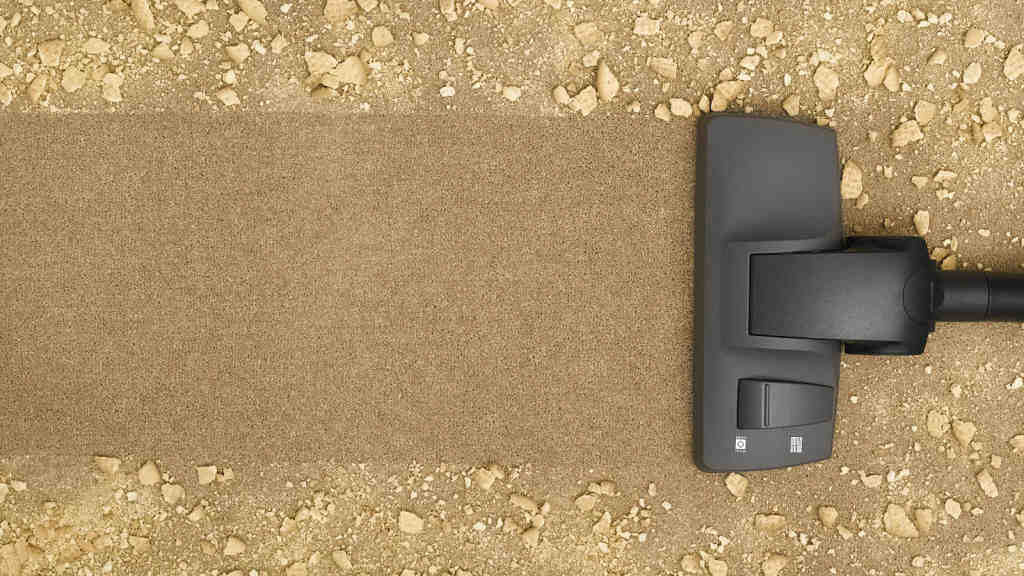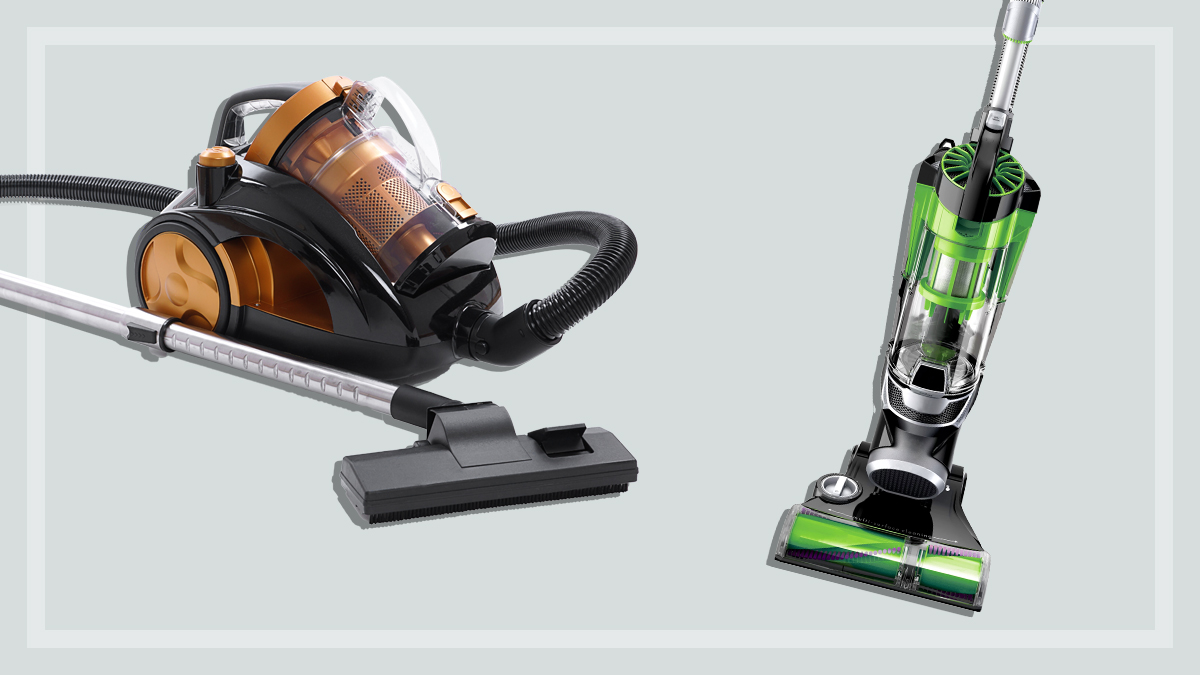Get our independent lab tests, expert reviews and honest advice.
How we test vacuum cleaners

For most households, an upright or barrel vacuum cleaner is an essential part of the cleaning arsenal. Most can handle dirt pick-up from hard floors very well, but carpet can be another matter, and pet hair can be a real challenge too. So what makes a good vacuum cleaner? Here’s how we put them to the test.
On this page:
- Our expert testers
- How we choose what we test
- How we test vacuum cleaners
- Test criteria explained
- Our test lab
Our expert testers
Over the years, our lab testers have vacuumed up more dust and pet hair than most homes see in a lifetime. They have it down to a fine art – or should that be science?
Our test method is based on the internationally accepted vacuum test standard, but adapted to Australian conditions and carpets, so our test is both rigorous and practical. And we’re always looking for ways to improve it to keep our reviews as useful as possible to you, the consumer.
How we choose what we test
With so many to choose from, what makes us choose one vacuum cleaner to test over another? As with most of our product testing, our aim is to test the most popular models on the market and what you’re most likely to see in stores.
We survey manufacturers to find out about their range of models, we check market sales information and we also check for any member requests to test specific models. From this information we put together a final list that goes to our buyers. They then head out to the retailers and buy each product, just as a regular consumer would. We do this so we can be sure they products haven’t been ‘tweaked’ in any way for better performance.
How we test vacuum cleaners
Cleaning performance score
Our tester pre-loads the vacuum cleaners with artificial household dust (a standard test material imported from Germany). This reflects the fact that in typical home use, vacuum cleaners are used with the bag or bin partly filled.
He then embeds sand evenly into a section of carpet and vacuums it to a set pattern and speed. The sand collected is then weighed and recorded as a percentage of the sand applied. This is repeated twice for each vacuum cleaner and the results averaged.
We know exactly how much dirt goes into the test carpet, so we know to within a tenth of a gram just how much dirt the vacuum removed. Our tester rates all models based on the dirt pick-up performance from carpet using the standard cleaning head. We don’t test dirt pick-up from hard floors anymore, as in our experience all vacuums are excellent at this task.
Complete carpet clean
This test stimulates a thorough cleaning of the carpet and is a good indication of the maximum amount of dirt a vacuum can pick up. The tester measures the dirt removal from carpet as above after 10 passes of the vacuum.
Quick carpet clean
This test simulates typical everyday cleaning. The tester measures the dirt removal from carpet as above, but after just four passes over the carpet rather than the full 10 performed in the complete carpet clean test.
Pet hair removal
The tester embeds cat hair in the carpet and, as with the dirt pick-up test, vacuums it to a set pattern and speed. He rates the results based on how much cat hair is left behind after the test. Where supplied, the turbo brush or power head is used for this test; otherwise, he uses the standard cleaning head. Pet hair for testing supplied by Woof Cat & Dog Grooming, Bondi, NSW.
Cleaning corners and along edges
Sand is spread into a right-angled corner and, using the standard cleaning head, it’s vacuumed to see how close to the corner each cleaner is able to pick up dirt. This result is no longer incorporated into the CHOICE Expert Rating, our overall score, but you can find the corners and edges rating (expressed as Poor, OK or Good) in the results table of our vacuum cleaner reviews.
Ease of use
This is based on how easy it is to manoeuvre the vacuum and move the cleaning head on the carpet and under low furniture. The tester assesses how difficult it is to empty and change the dirt receptacle, how easy the controls are to operate, and how easy the supplied accessories are to use and store.
Noise
This is measured at the user’s position at maximum power setting. Even though most models produce similar sound readings, some vacuums emit a high-pitched whistle that can be irritating.
Dust filtration
Many vacuum cleaners have HEPA filters or other claims to exceptionally good dust filtration. We don’t test this aspect – we don’t have the lab capability and would need to outsource the test, which can be expensive. We did have HEPA filters tested many years ago and found that they all performed as claimed.
If you have asthma or a dust allergy, HEPA filter models are certainly worth considering, but note that models without a specific HEPA filter can still have excellent air filtration.
Test criteria explained
The CHOICE Expert Rating (our overall score) is made up of:
- cleaning performance (55%) – this comprises the quick carpet clean score 67% and complete carpet clean score 33%
- ease of use (30%)
- pet hair removal (15%).
Ease of use is made up of:
- how easy it is to manoeuvre the vacuum
- how easy it is to move the cleaning head on the carpet and under low furniture
- how difficult it is to empty and change the dirt receptacle (the bag or bin)
- operation of the controls
- how easy the supplied accessories are to use and store.
Our test methods may evolve from time to time. For example, our quick-cleaning score reflects the way people typically use their vacuums and after a period of transition, it’s now a major part of our performance score.
Our test lab
We maintain a climate-controlled lab that is up to date with the latest reference machines and calibrated measurement tools for our testers to bring you the right results.






